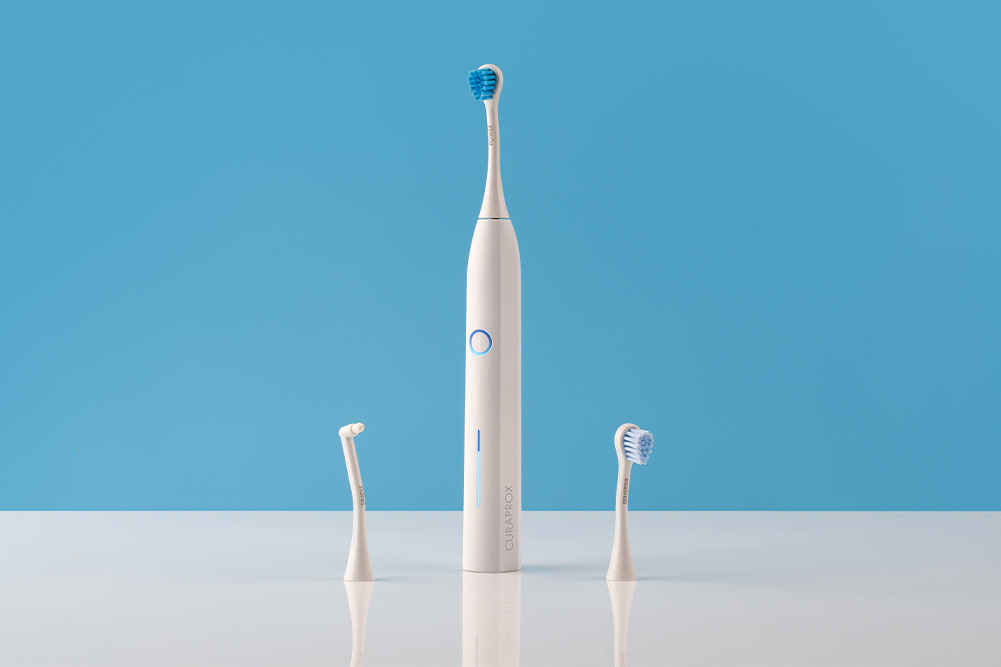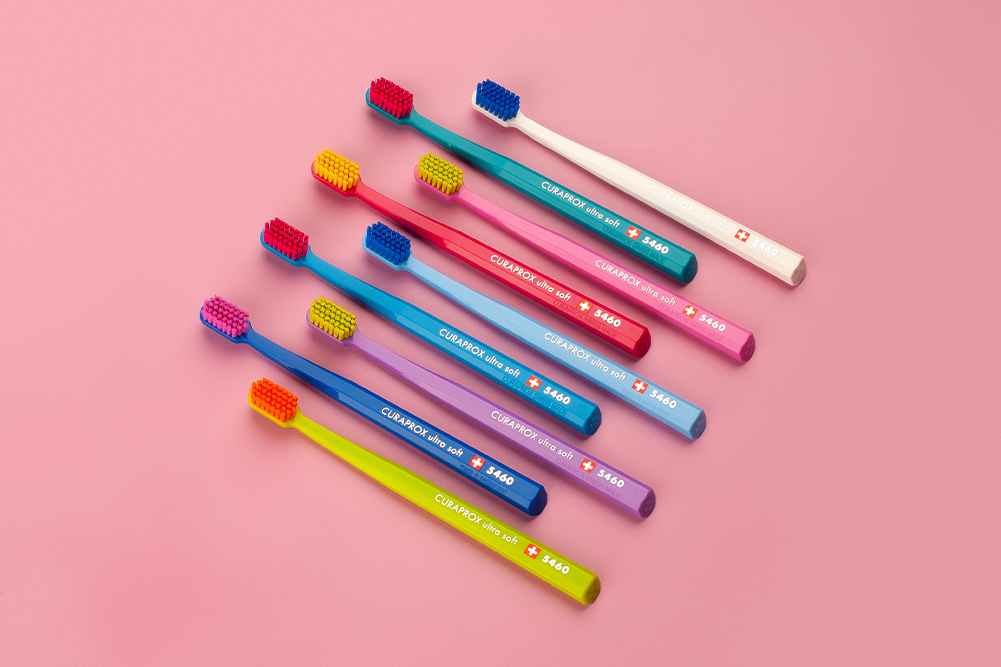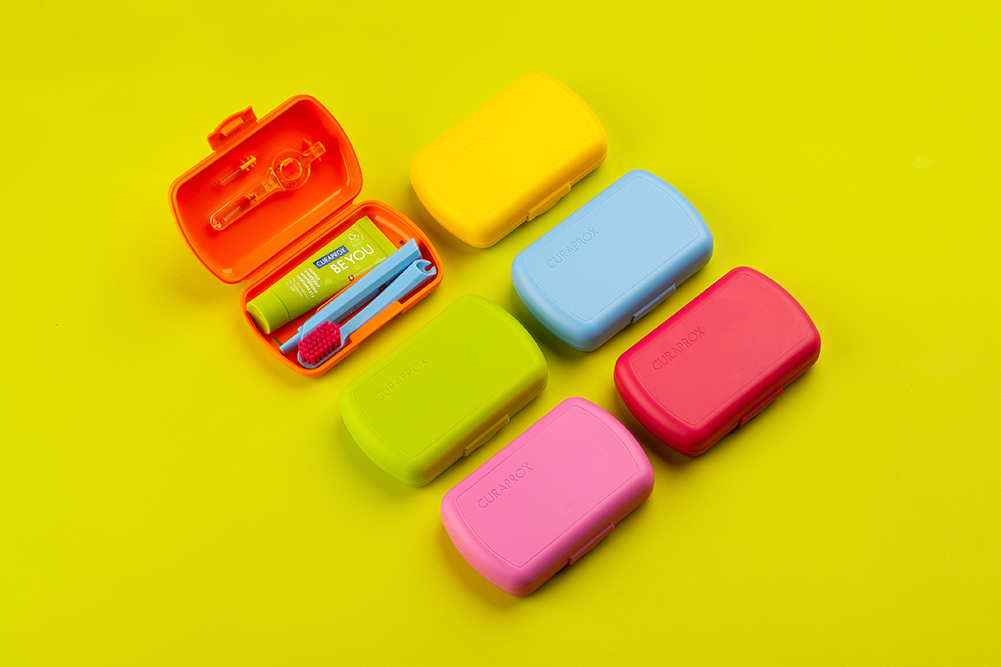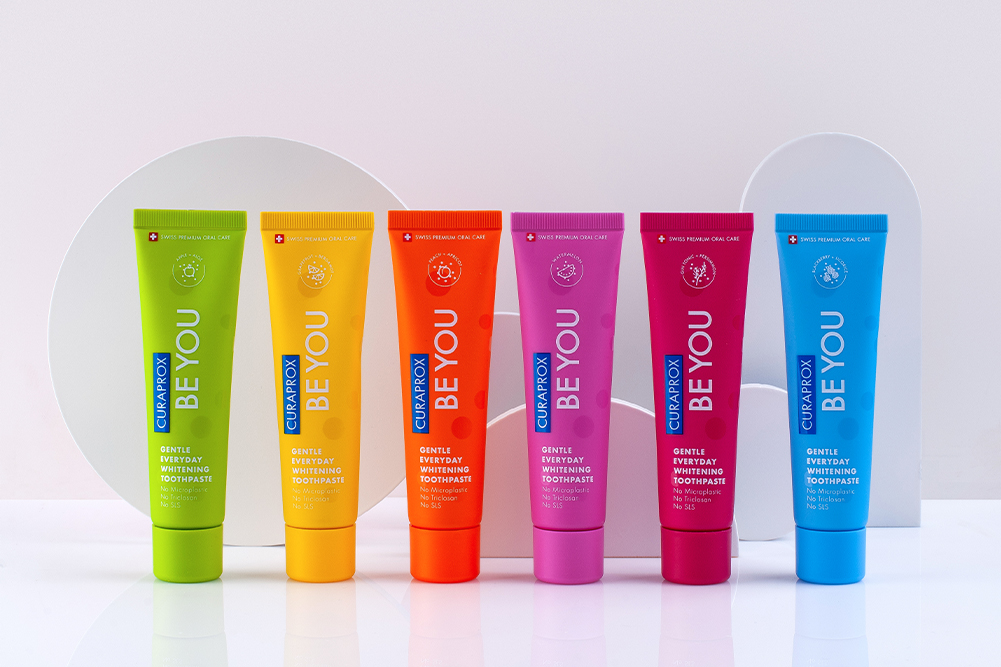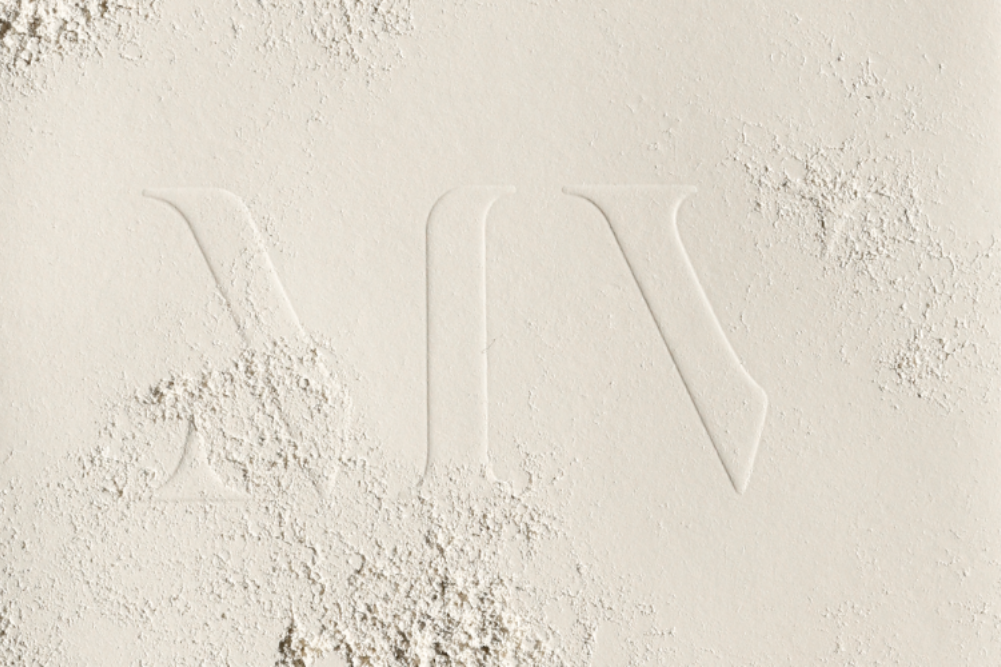Skincare through the ages
No matter what age you are, you can have healthy, radiant skin. It’s simple once you know the science behind your complexion. Says leading international skincare therapist and co-director of Spa Luxe, Marionne de Candia, of Byron Bay: “You really need to learn how the skin works so you can look after it as well as avoid making expensive mistakes.”
The wrong product will not only empty your wallet but may also damage your skin by causing blockages, pimples and premature ageing. The wrong treatment — for example, harsh exfoliation and micro-dermabrasion — may actually cause trauma to the skin that is not always reversible, says de Candia. So, first off, here’s a quick lesson about what your skin actually is and how it functions.
The skin is the body’s largest organ, weighing about 2.7kg. In addition to serving as a protective shield against heat, light, injury, and infection, the skin also regulates body temperature, stores water, fat and vitamin D, and can sense both painful and pleasant stimulation. It’s made up of three layers: the epidermis, dermis and a subcutis layer.
The epidermis
This is the thin outer layer of the skin and it’s probably the one you’re most concerned with. It has several layers, including the outer stratum corneum (the horny layer), which contains continually shedding, dead keratinocytes, or skin cells.
The epidermis also contains the basal cell layer, says Macquarie Street dermatologist Dr Natasha Cook (www.natashacook.com). Within this are cells that continually divide, forming new keratinocytes to replace the old ones that are shed from the skin’s surface.
“The basal layer cells are the only regenerating layer — they produce all the new skin cells,” says Dr Cook. “The cells then undergo a continual process of evolution as they migrate up through the layers to ultimately become the outer or horny layer cells, which then finally exfoliate off.”
The entire cell turnover time for skin cells, from being at the basal layer stage to progressing through to become a horny layer cell takes about 21–30 days but slows as we age. The health of our cells and metabolism through good diet and exercise will help keep this process working efficiently. The basal cell layer also contains melanocytes, which are cells that produce melanin (skin pigment).
The dermis
This is the middle layer of the skin and is made up of blood vessels, lymph vessels, hair follicles and sweat glands. It’s held together by a protein called collagen, made by fibroblasts. Fibroblasts are skin cells that give the skin its strength and resilience.
Collagen is a tough, insoluble protein found throughout the body in the connective tissues that hold muscles and organs in place. In the skin, collagen supports the epidermis.
Elastin, a similar protein, is the substance that allows the skin to spring back into place when stretched. Both collagen and elastin decline as we age.
The subcutis
This is the deepest layer of skin and is also known as the subcutaneous layer. The subcutis, consisting of a network of collagen and fat cells, helps conserve the body’s heat while protecting other organs from injury by acting as a “shock absorber”.
Dr Cook says not many of the substances in skincare products can actually reach the dermis. “Most skincare creams are really only working on the epidermis.” However, de Candia believes high-quality vitamin treatments can impact on collagen levels in the dermis.
What happens as you age
Babies’ skin is plump and flawless, while an octogenarian will usually have wrinkles, sunspots, sagging and other telltale signs of age. Contrary to what you might think, this is not inevitable, says de Candia. “Sun damage is responsible for most of skin ageing and it is cumulative.
“In Australia, teenagers today face even fiercer UV rays than we did growing up, so they need to protect their skin all the time by staying out of the sun, covering up with a hat and wearing a sun block that does not contain harmful chemicals.”
Ageing starts from childhood, she says, with females showing at age 37 what may seem like a sudden change in their skin but is really cumulative damage and men at age 50. Confirms Dr Cook: “The more sun, the more damaged skin becomes. That’s because the sun breaks down the supportive fibres, collagen and elastin, leading to accelerated wrinkles and sagging.”
As we reach our 40s–50s, cell renewal also slows down to 50–60 days, she says. Dr Cook adds that genes are important in skin ageing because: “They are the building blocks that determine what type of skin you have. Darker skin will age better than fair skin because it has better natural protection from the sun and the environment.”
Smoking, lack of exercise and a very poor diet also greatly contribute to skin ageing, she says.
The teens
The number one rule is avoid the sun. Yes, it may still seem cool to have a tan but, if you must, use one out of a bottle. Begin your skincare routine as you mean to continue: cleanse, tone and moisturise twice daily, suggests Dr Cook. Says de Candia: “Use a very mild cleansing gel and toner with no alcohol in it.” Above all, don’t FAD diet: “It dehydrates the skin and makes it sensitive.”
If you are one of the 85 per cent of Australians between 15 and 24 who suffers from acne, don’t pick or prod — it makes acne worse by spreading bacteria and rupturing cysts below the surface of the skin, resulting in increased inflammation. Stop scrubbing, too. Using harsh cleansers can cause irritation and dryness that aggravate acne.
Skincare expert Dee Davies and founder of the Clear Skin Clinic advises keeping it clean and simple — use a gel cleanser and an alpha hydroxy serum or beta hydroxy serum. “The skin has a pH of around 7; over that is too alkaline and under is acidic. The more acidic the skincare preparation is, the higher its exfoliating properties.”
She recommends a mild AHA product with a pH of around 4.5 as it does the job without being too harsh. She stresses the importance of not overdoing AHAs, either. Use one good-quality product in your regime. “I’ve seen too much skin sensitivity from the overuse of AHAs. They’re great if used properly.
If you have very oily or acneous skin, follow with a water-soluble moisturiser and avoid oily formulations. Otherwise, use a light natural facial lotion. If you’d prefer to use something gentler than AHAs, try products with papaya enzymes.
In your teens, simple hygiene habits can help prevent breakouts from introducing bacteria, says Davies. These include changing the pillowcase regularly and not touching your face or leaning into your hands at your desk at school.
“Keep your skincare regime simple with natural products, and steer clear of mineral oil makeup with binders and fillers that block the pores. I see young people who exercise with makeup on — a big no-no. Sweat, makeup and oil are not a good combo. After exercise, splash your face with water to break up the sweat.
“If you want to wear makeup during the day, wear true mineral makeup (pure mineral pigments without binders, fillers and oil). It doesn’t block the pores and allows the skin to breathe.” Alpha hydroxy acids are exfoliants derived from fruit and milk sugars such as glycolic acid produced from sugar cane and lactic acid produced from milk. There is only one beta hydroxy acid: salicylic acid.
The main difference between alpha hydroxy acids and beta hydroxy acid is their lipid (oil) solubility. Alpha hydroxy acids are water-soluble only, while beta hydroxy acid is lipid (oil) soluble. This means beta hydroxy acid can penetrate into the pore that contains sebum and exfoliate the dead skin cells built up inside the pore.
Because of this difference in properties, beta hydroxy acid is better used on oily skin with blackheads and whiteheads. Alpha hydroxy acids are better used on thickened, sun-damaged skin where breakouts are not a problem.
Glycolic is better on thicker, oilier skin and lactic acid, a milder acid, can be used to help thicken fine skin. The use of beta hydroxy acid can increase sun sensitivity by 50 per cent, so make sure you stay out of the sun or use a sunscreen.
If you don’t want to use alpha or beta hydroxy products, de Candia cautions against using gritty scrubs that can sensitise the skin and break capillaries. Instead, try an exfoliant that uses enzymes (such as papaya) to get rid of dead skin cells.
Avoid soap at all times. It dries out the skin and triggers the skin to produce even more oil.
The 20s
Cleanse, tone and moisturise twice a day, stay out of the sun and, when necessary, wear a sunblock.
Again, says Davies, invest in one good product. You can ditch the toner as it’s not as important as spending your money on a good serum and moisturiser. “Use natural and organic formulations that are rich in plant extracts, offering nourishing, skin-smoothing and protective benefits (see Pure Plant Therapy pg 82).” Because environmental conditions are so harsh in Australia, Davies recommends introducing a product that delivers a potent supply of vitamins and antioxidants to both protect and repair the skin.
Cosmeceuticals, she says, offer higher percentages of active ingredients. “Everybody should be on retinyl palmitate and retinyl acetate — derivatives of vitamin A. They’re much gentler than retin A and have great protective qualities: they feed the skin cells and make them buoyant. They work as a skin thickener and environmental protectant. They also repair skin damage.” A good vitamin A, C and E serum is ideal, says Davies.
According to Dr Des Fernandes, an international expert on skin function, vitamin A increases the rate of keratinocyte duplication, while vitamin C plays a potent role in diminishing the effects of free radical damage and in the building of collagen and elastin. “With a deficiency of vitamin C, impaired collagen is created and the skin can become more wrinkled.”
You should know that salon products are stronger than over-the-counter ones and prescription products are stronger than salon ones.
If you do go for a vitamin C product, make sure it comes in a pump because, once exposed to sunlight, this ingredient oxidises and is no longer effective. Make sure you buy a more stable form of vitamin C such as ascorbyl tetraisopalmitate. Use it quickly. Vitamin C should be in a product at 5–20 per cent to be effective.
If you would like to treat your skin with an acid product to help encourage skin shedding and cell renewal, de Candia, Davies and Cook all recommend lactic acid in preference to glycolic acid. Long term, it’s not as dehydrating but will polish the skin very gently and help moisture bind to the skin.
Make sure you are using an eye gel. Again, using vitamins A, C and E will help protect the fine skin around the eyes, says Davies. “The skin around the eyes is thinner and has no oil glands. Consequently, it needs special care,” says de Candia.
If you have badly sun-damaged skin, or post-acne scarring, talk to a beautician about having a mild acid peel, advises de Candia. Avoid micro-dermabrasion treatments that have the potential to permanently damage skin, she says.
* Dee Davies says these days people don’t work nine to five but nine until nine. She encourages work addicts to take a cleanser with them and cleanse at 6pm. “The mix of makeup and air-conditioner for that amount of time means congestion and break-outs.”
The 30s
Cleanse, tone and moisturise twice a day, stay out of the sun and, when necessary, wear a sunblock. Exfoliate in the morning with an alpha hydroxyl or beta hydroxyl serum. Davies says the 30s is an important time to repair damage and protect the skin. “This is the time when lines start appearing. It’s often the hardest time to look after your skin, when you have the mortgage and kids. I recommend people buy one excellent product that will target both protection and repair. Again, if you had to choose one product, go for a good-quality vitamin A, C, E serum and apply it daily. On top of the serum, use a natural moisturiser with plant extracts.
“Other excellent ingredients to look out for in products for your 30s, Davies says, include hyaluronan.” Hyaluronic acid is found in the skin and it helps keep the skin moist and hydrated. As we age, this diminishes, so replenishing the skin with it can help to keep the complexion soft and supple. It’s a fantastic ingredient for rejuvenating the neck.
“Lactic acid is also effective as it helps both refine and thicken the skin that starts to thin as we age. It creates moisture within the skin’s layers and is also the only AHA responsible for collagen production.”
Marionne de Candia agrees that this is the time to maximise antioxidants to fight free radical damage, investing in the best vitamin A and C treatments you can afford. At the strongest end of the scale, tretinoin cream (Renova) is a vitamin A derivative available by prescription only, approved for reducing the appearance of fine wrinkles, mottled darkened spots and roughness in people whose skin doesn’t improve with regular skincare and use of sun protection, says Dr Cook.
Davies warns, however, that retin A can make the skin super-sensitive and should only be used short term. Choose botanical treatments such as rosehip oil, which is high in a natural form of trans retinoic acid and also essential fatty acids that help retard skin ageing. Other antioxidants that can benefit the skin are co-enzyme Q10, grapeseed extract, green tea, B vitamins or resveratrol. Look for them in a high-quality moisturiser.
* Dee Davies says: “Excess bathing, especially in hot water, dehydrates the skin. Use tepid water and keep it brief. Stress also slows down lipid production, so relax.”
The 40s
Cleanse, tone and moisturise twice a day, stay out of the sun and, when necessary, wear a sunblock.
This is the time when you may start to see sagging because of a loss of elastin and collagen and the skin begins to thin. Again, vitamins are essential to the tone and structure of the skin, not salon treatments that claim to boost elastin and collagen levels, says de Candia.
“These may plump out the skin temporarily, but the molecules are so large that they cannot possibly enter the skin and work at cellular level,” she says.
Use moisturisers and treatments such as serums that contain high levels of antioxidants, and lipids and fats can be found in vegetable and nut oils. These help replenish the declining lipids in the skin as we age. And don’t forget an eye cream. Again, lactic acid, hyaluronan and A, C and E are important ingredients at this age.
Davies says low levels of short-term light treatment with a laser such as Omnilux alongside a good skincare regime can make a big difference at this age to help stimulate collagen and cell turnover, improving moisture, hydration and skin texture.
Sleep on a satin pillow to avoid skin that is less elastic forming creases at night.
The 50s plus
Cleanse, tone and moisturise twice a day, stay out of the sun and, when necessary, wear a sunblock.
While moisturisers with vitamins A, C and E, lactic acid and hyaluronan can still make a real difference to skin texture and tone, dry mature skin can also benefit from a moisturiser that contains more lipids such as ceramides, as these continue to decrease in the skin as we age. Vitamin E protects the skin against lipid peroxidation and studies show grapeseed extract does, too. Lipids play a key role in establishing the barrier function of the stratum corneum — in other words, they stop skin drying out.
The good news is that fat-soluble molecules such as these are more likely to penetrate the skin, says Dr Cook.
While doctors may recommend oestrogen therapy as a way for women to maintain moist skin, a more natural alternative is a skin cream that contains phyto-oestrogens. These include dong quai, red clover, wild yam and soy. Keep using an eye cream and try vitamin serums that can be used under a moisturiser or at night to help give skin extra resilience.
Finally, throughout all the different ages, be a hat person. Sun damage is responsible for 90 per cent of premature ageing of the skin.
* Note: As AHAs can help facilitate the absorption of other ingredients, it’s important that the formulations are as natural as possible.
